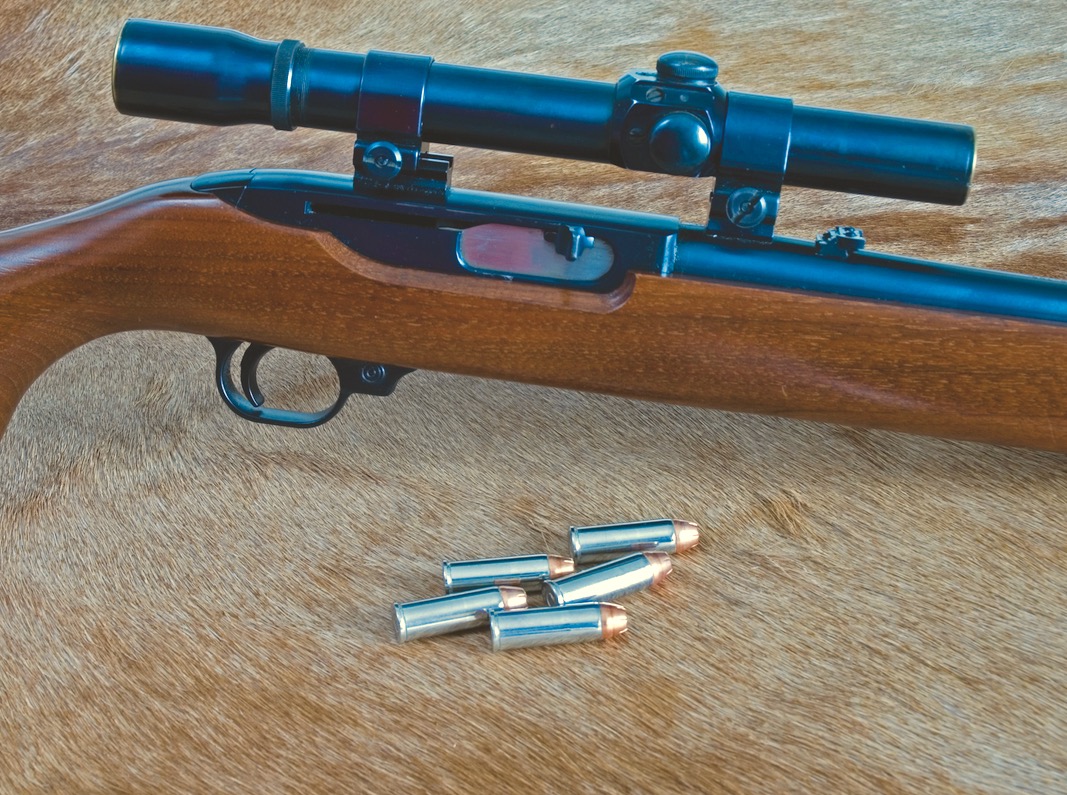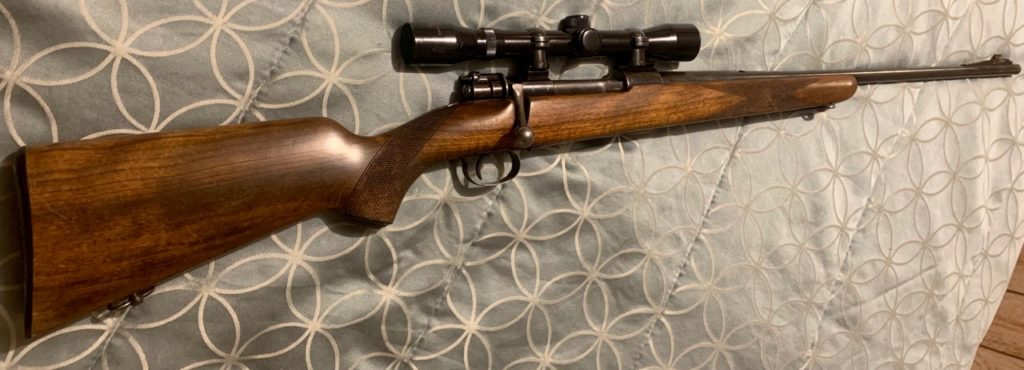Guns & ammo
Expert advice, appraisals and fascinating firearms stories
Advertisement
I recently got a Husqvarna .270 (above) and would like to know some information about it, please.
Advertisement
Sheldon Mettlewsky
Medicine Hat, Alberta
Husqvarna of Sweden made these rifles from 1946 to the mid-1960s, with several minor variations in the stock style. Your rifle appears to be an early model, as it has a wing-type Mauser safety, which was later replaced by a sliding safety on the right side of the receiver.
Advertisement
These rifles were built on the basic Mauser 98 design. The workmanship was excellent, and the Swedish steel used was as good as, or better, than the steel used by most of Husqvarna’s competitors. Both Canada and the U.S. imported these rifles, but apparently it was easier to ship them to Canada, as they were quite popular here and still regularly appear. The same rifle was distributed in the U.S. as the J.C. Higgins Model 51.
By the standards of the time, these rifles were considered lightweight at around 6½ pounds. As I recall, they were a bit more expensive than their Winchester and Remington competitors. They were also well liked by discriminating hunters looking for a relatively light sporting rifle. Husqvarna is still in operation today, though it no longer manufactures firearms.
To be more valuable as a collectible than as a practical sporting rifle, a Husqvarna .270 would have to be in near-new condition. I get the impression today’s younger generation of hunters are mainly interested in stainless steel, synthetic stocks and detachable magazines, but there are still quite a few people who appreciate checkered wood and blued steel. Your rifle would likely be worth $450 to $600.


